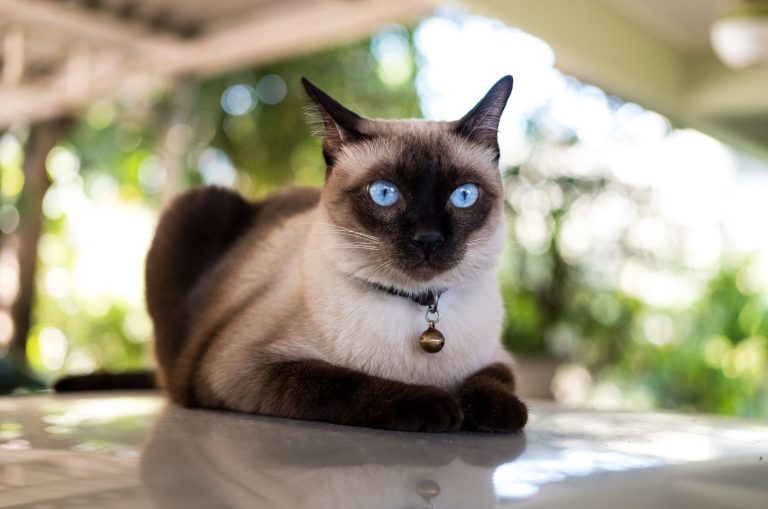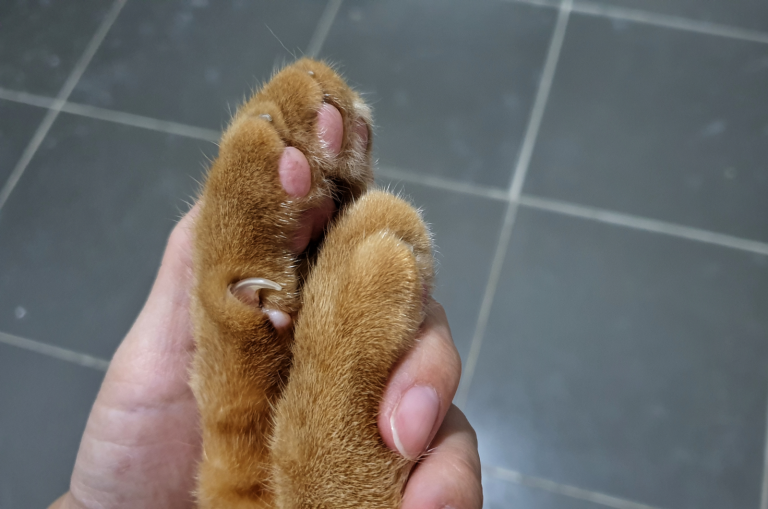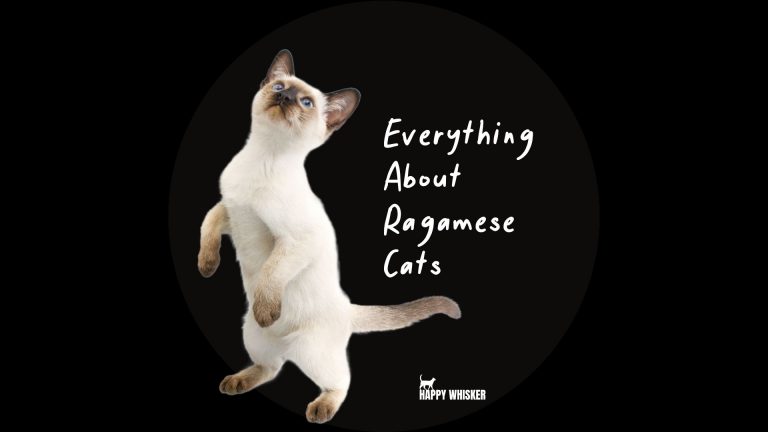Can Cats And Dogs Have Babies? Things You Need To Know!
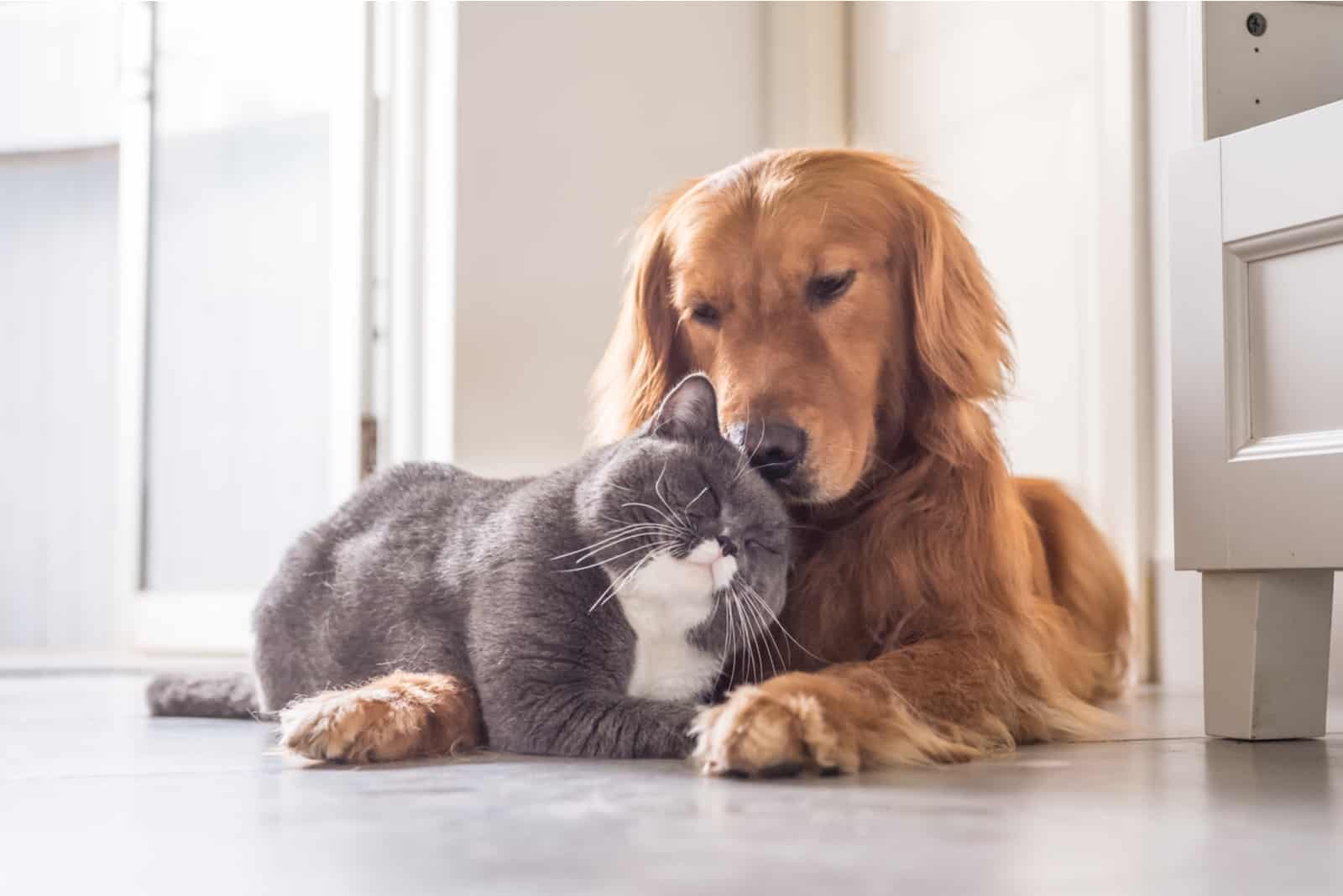
I understand the curiosity behind the question Can cats and dogs have babies? I have, truth to be told, asked myself this before.
They share common environments, have similar gestation periods, both are mammals and carnivores, many of them are the same size and both dogs and cats have the urge to mate.
So… Why aren’t we seeing babies from cat-dog couples running around?
The answer is simple – it is impossible for cats and dogs to have viable offspring!
The reasons behind this are fascinating. Continue reading in order to find out why cats and dogs – and other species – cannot mate!
Can Cats And Dogs Have Babies?
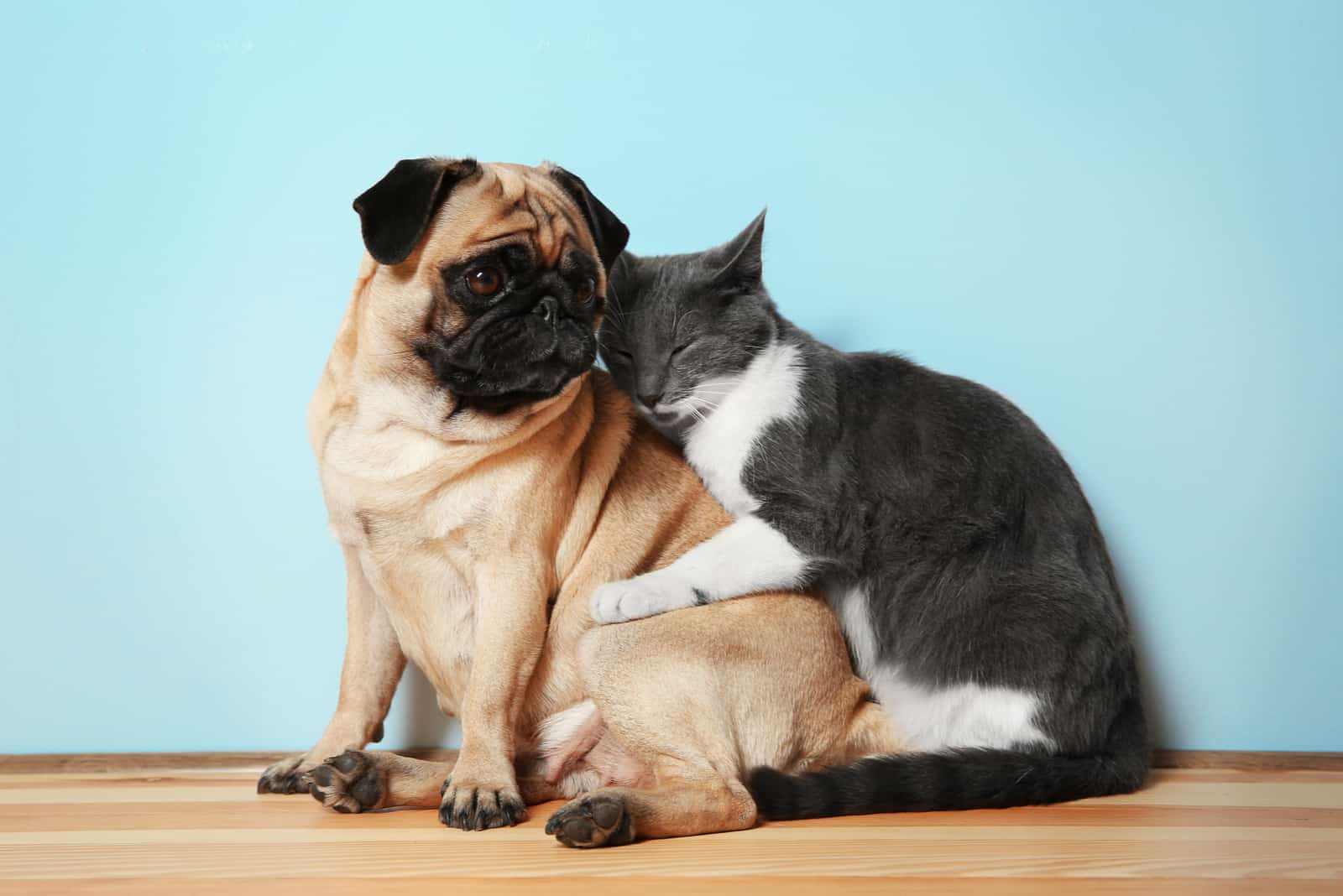
You might have seen a male dog mounting a female cat and wondered – Are they mating right now?! Well – the answer is No.
Cats and dogs are not likely to even try engaging in sexual activity. Even if they did, there are a number of reasons they cannot have offspring.
There has never been a truthfully reported case of a cat-dog hybrid!
There have been some fake news reports of situations like this. One of the most popular ones was reported on April Fool’s day in 2009 when a famous webpage posted that Cornell University had managed to produce a cat-dog hybrid. This news gained lots of attention, but it was all a prank – much to the disappointment of animal-hybridisation enthusiasts!
3 Reasons Cats And Dogs Cannot Have Offspring!

Let’s get into the details and answer the question Can cats and dogs have babies?
1. Different Premating Rituals
In order for mating to happen, female cats and female dogs need to be attracted to the opposite sex. Male cats and male dogs, therefore, exhibit characteristic mating behaviors that the opposite sex finds attractive.
For Cats
Female cats will start being extremely affectionate, rubbing themselves on people, objects, and the floor when they are in their heat cycle (if spaying did not take place). They assume a characteristic mating posture and start being more vocal by purring and wailing.
Male cats notice the smell of the female cat and they hear her vocalizations – this is their cue that the female cat is ready to mate. Male cats will start fighting with their rivals and after a few hours of courtship, copulation occurs.
For Dogs
A female dog will start behaving nervous, her vulva will become red and swollen. She will start licking the genital area and there can be some blood-tinged discharge present as well. These are not necessarily courtship behaviors, but rather signs the dog is in heat.
Male dogs first need to pick up the scent (reproductive odors) of a female dog in heat and they will then start following the female dog around, giving her lots of attention (while some dogs act indifferently). The male dog will start sniffing the female dog’s face and flank, as well as licking the vulva.
Why Does This Matter?
You can easily observe the differences in the premating or courtship rituals.
For example, a male cat will most likely not be attracted to the reproductive odors of a female dog. Male cats will prefer the scent of female cats, accompanied by the proper vocalization. Female dogs cannot purr, right?
Male dogs, on the other hand, will not find the female cat mating position attractive, nor will he be intrigued by her vocalizations, no matter how seductive it may sound to male cats!
2. Incompatibility Of The Reproductive Organs
Male cats have barbed penises – the tip of the penis contains structures similar to spikes. The reason they are there is to stimulate the female cat to release an egg. Essentially, ovulation takes place when female cats are stimulated during mating.
What does this mean for the dog-cat mating scenario?
Barbed penises can injure a female dog’s reproductive system. Female cats are not injured while mating, but they are in pain. A female cat’s reproductive system can withstand the barbs because it has evolved to tolerate it. A female dog’s reproductive system has not, so they would get injured!
A male dog’s penis does not stimulate the release of the egg, so the fusion of the sperm cell and the egg cell could not take place, even if mating did occur.
It can be noted that not all male cats have barbed penises – neutering your cat early on stops the spikes from developing completely.
Another issue to mention is the size difference between some dog and cat species. You can imagine why large dog breeds and tiny cats could not mate.
3. Chromosomal Arrangement
Of Cats
All cats have 19 pairs of chromosomes in body-cells – meaning a total of 38 chromosomes should be present in a zygote (union of an egg cell and a sperm cell).
A cat’s sperm cell and a cat’s egg cell have 19 chromosomes each. That means when they come together, a cell of 38 chromosomes will be formed.
Of Dogs
When it comes to dogs, their cells have 39 pairs of chromosomes, meaning they have 78 individual chromosomes, and a zygote should have this number of chromosomes too.
A dog’s sperm cell and a dog’s egg cells have 39 chromosomes each, meaning that when they fuse, they will form a cell of 78 chromosomes..
Why Does It Matter?
Imagine a dog sex cell and a cat sex cell meet – this would mean 39 chromosomes of a dog’s sex cell plus 19 chromosomes of a cat’s sex cell.
This structure cannot survive – the number of chromosomes needs to be equal from both sides in order for a healthy zygote to be formed!
Every chromosome in a dog’s sex cell would need to have a homolog from the cat’s sex cell – which is obviously not the case considering the difference in chromosome numbers.
Which Is The Most Important Reason?
Different premating rituals and incompatibility of the reproductive organs are not even the biggest reasons cats and dogs cannot have babies. Sometimes premating rituals are not even necessary for mating and reproductive organs can somehow “match”.
The biggest reason that there are no dog-cat hybrids is the incompatibility of the chromosomes.
Just How Different Cats And Dogs Really Are?
The easiest way to answer this is to look at their biological classification.
[table id=2 /]
As you can see, they share the first 4 classification categories. The last 3 are different. In the world of evolution and biology, this is a pretty large difference!
Why Would A Dog Hump A Cat? Or a Cat Hump A Dog?

Let’s forget for a moment that they are considered natural enemies. For example, cats and dogs can be in the same household together and you may observe mounting happening between the two different pets.
Both sexes of both species are known to mount each other with no desire to mate. They can even mount other things like soft toys and pillows! Most pet owners will have noticed this behavior.
There are a number of reasons for this behavior, including:
• your pet is stressed or anxious
• your pet is bored
• your pet is feeling playful
• your pet is looking for attention or affection
• your pet is expressing its dominance
• your dog might have a UTI (urinary tract infection) and mounting eases the discomfort (visit a vet if you suspect this is the case)
In most cases, dogs are the ones mounting cats. Cats mounting dogs is extremely rare – I personally have never seen it happen!
Even dogs mounting cats is rare – but not unheard of.
There Is One Case In Which Cats And Dogs Can Have Each Other’s Babies!

Female cats can find abandoned puppies and adopt them and vice versa – female dogs can find abandoned kittens and decide to take care of them!
A female cat can feed a puppy and a female dog can feed a kitten.
This is not the perfect situation but it’s a good option in the case of an emergency. The composition of the mother’s milk differs in the two species and a puppy and a kitten do have unique nutritional requirements that need to be met.
Surrogate mothers can be loving and playful with their new adopted babies. They may intuitively take on a mother-role when they find an orphaned kitten or a puppy.
These new babies become a part of a litter and will be fed and guarded by their new mothers!
Dog and cat owners – have you ever seen a case of a cat adopting a puppy or a dog adopting a kitten?
The Most Famous Reported Case Of “Kuppies” – A Quick Story!
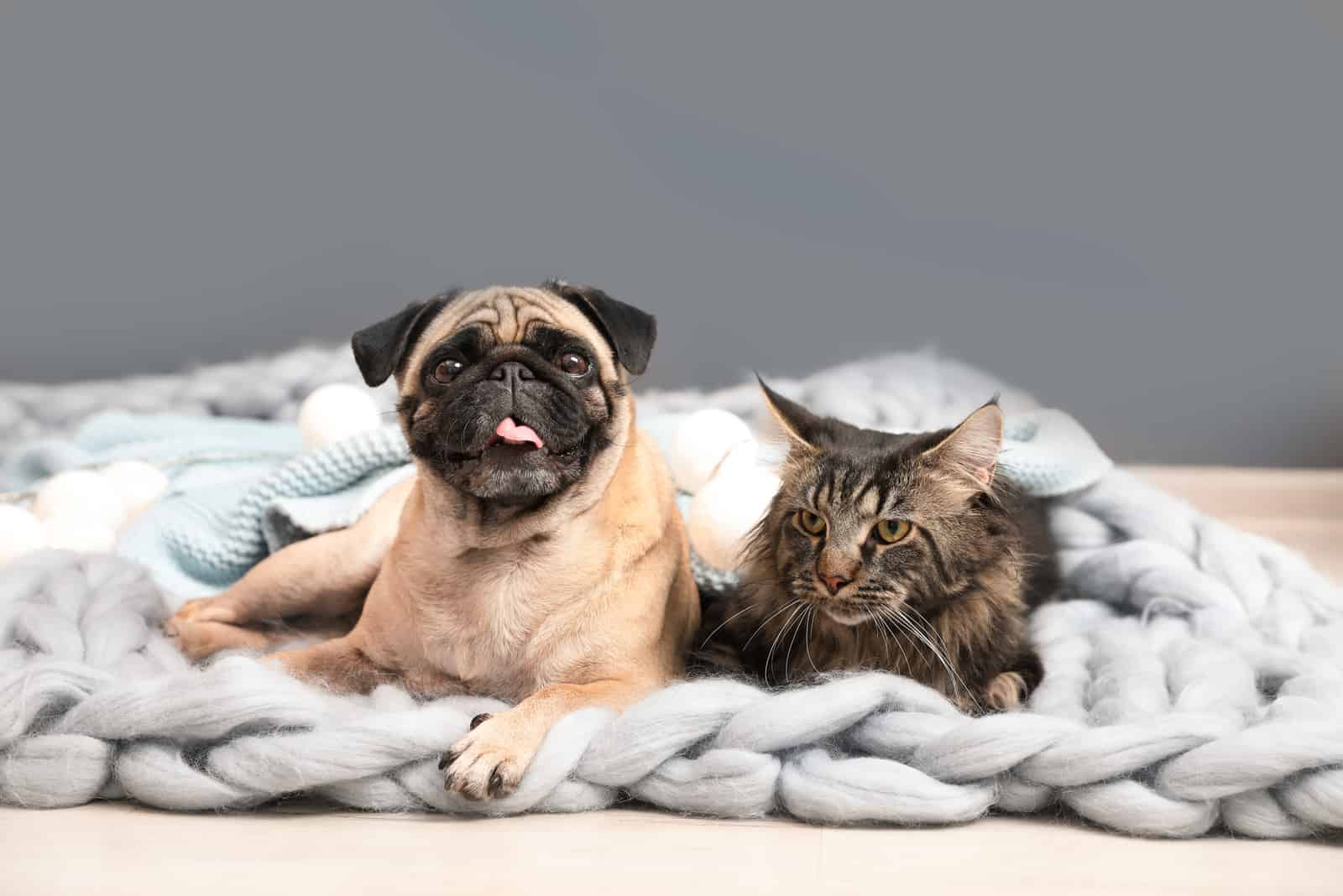
In 1970, a 50-year old man named Roy Tutt placed an advertisement in a local paper for his “half cat- half dog“ creatures. He claimed he had done the impossible – he managed to mate a cat and a dog.
According to his story, he bred a cat and a Scottish terrier dog. This, as expected, attracted a lot of attention from the press. Reporters started gathering at his home and he provided them with more details.
He said that the animals had a dog’s head but cat’s whiskers and that he had been trying to mate cats and dogs for ten years. He said that he fed them a mixture of cat and dog food, and that they made a sound that was a mixture of a bark and a meow.
This story spread from England all the way to the United States. News outlets started calling the animals by many names, such as cogs, pittens and kuppies. Pictures of the animals were taken by news photographers that came to Roy’s home and these were published.
These pictures were clearly that of… a litter of puppies – tiny, black, and fluffy!
Roy admitted the hoax a few days into the deception by making a confession in a newspaper. He made a few pounds for his interviews and photographs. The litter of puppies that had been photographed as kuppies had been purchased by him just a few days earlier!
A Little Bit Of Science – Why Can’t Two Different Species Mate?
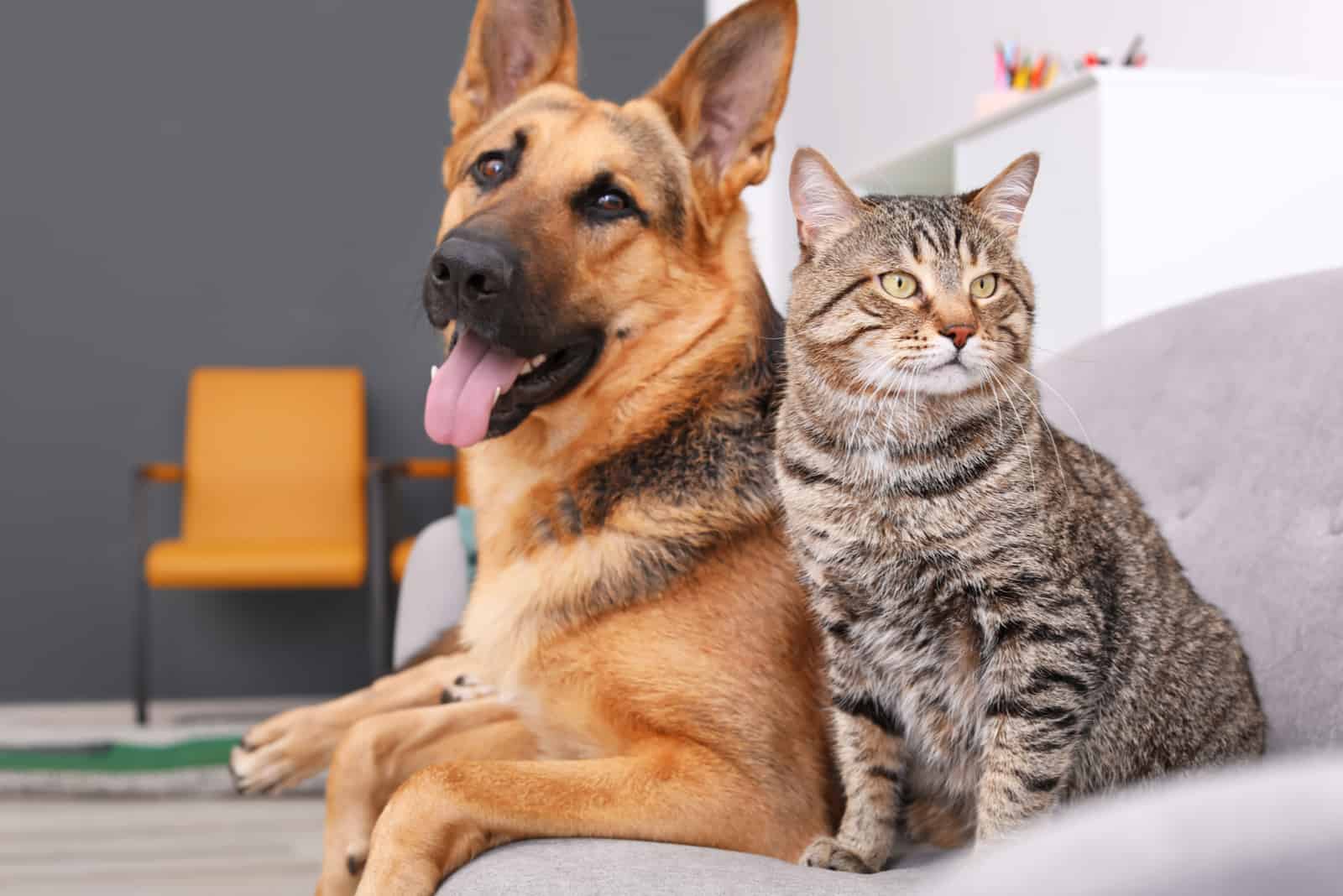
Don’t worry about getting too technical here – this is a very simplified scientific answer to a very interesting question.
Two different species cannot mate because of a principle known as reproductive isolation.
Reproductive isolation can be prezygotic or postzygotic. But first, let’s get to know the basics!
Introducing The Terms
In order for you to fully grasp this section, here are some definitions of terms you might not be familiar with:
• fertilization – when a sperm cell and an egg cell fuse together.
• gamete – a sex cell, either an egg cell (female gamete) or a sperm cell (male gamete).
• zygote – the resulting union made of a sperm cell and an egg cell, this is a single cell.
• embryo – an early developmental stage, multicellular structure.
• prezygotic – something before the union of the sperm cell and an egg cell.
• postzygotic – something after the union of the sperm cell and an egg cell.
Prezygotic Barriers
Prezygotic barriers are those that prevent the sperm cell and the egg cell from meeting in the first place!
These include:
1. Habitat Isolation
The two species in question cannot mate because they don’t live in the same habitat. For example, species A lives in the desert, while species B lives in the forest. Because of that, they will never meet and therefore, will never mate.
2. Temporal Isolation
Temporal isolation is when the two species mate at different times of the year or even at different times in the day. For example, species A mates in spring, while species B mates in the winter.
3. Behavioral Isolation
In order for mating to take place, there is usually some form of courtship happening before. Let’s say species A sings one song as a courtship ritual, while species B finds this song terrible and will never be attracted to attempt to mate.
4. Gametic Isolation
This is a type of prezygotic barrier where the gametes (the sperm cell and the egg cell) meet and come into contact – but the fertilization (the fusion) of the two cells does not take place. For example, the sperm cell does not even recognize that egg cell is present there.
5. Mechanical Isolation
This is a barrier that essentially means that the reproductive parts do not fit together. This may be due to body shape (for example, the female part is not even accessible to the male part of the different species) or simply because of the size of the different organisms!
Postzygotic Barriers
Okay, let’s say that prezygotic barriers did not prevent fertilization. The egg cell and a sperm cell did meet and did fuse together, creating a hybrid.
POstzygotic barriers are things that prevent the normal development of the offspring – hybrid inviability and hybrid sterility.
1. Hybrid inviability
This is a situation in which the hybrid cannot survive past the embryonic stage or they do but are miscarried or stillborn. This is because the mother’s and father’s genes simply cannot be present together and they interfere with the development of the hybrid.
Essentially, a hybrid does not survive to reach birth or, when it does,it is born dead. An example is the hybrid of sheep and goat, or leopard and tiger.
2. Hybrid Sterility
Hybrid sterility is when the hybrid survives birth but is sterile. That means it does not develop proper-functioning sex cells, so the hybrid species cannot be continued at all by the hybrids themselves. They are able to mate, but cannot give offspring.
Examples Of Viable Hybrids
Examples of healthy and normal hybrids which are sterile:
• Mule – hybrid of female horse and a male donkey
• Liger – a hybrid of a male lion and a female tiger
• Tigon – a hybrid of male tiger and a female lion
• Grolar bear – a hybrid of a polar bear and a grizzly bear
• Wholphin – a hybrid of male killer whale and a female bottlenose dolphin
• Zonkey – a hybrid of zebra and a donkey
What Does It Take To Produce A Viable And Fertile Offspring?
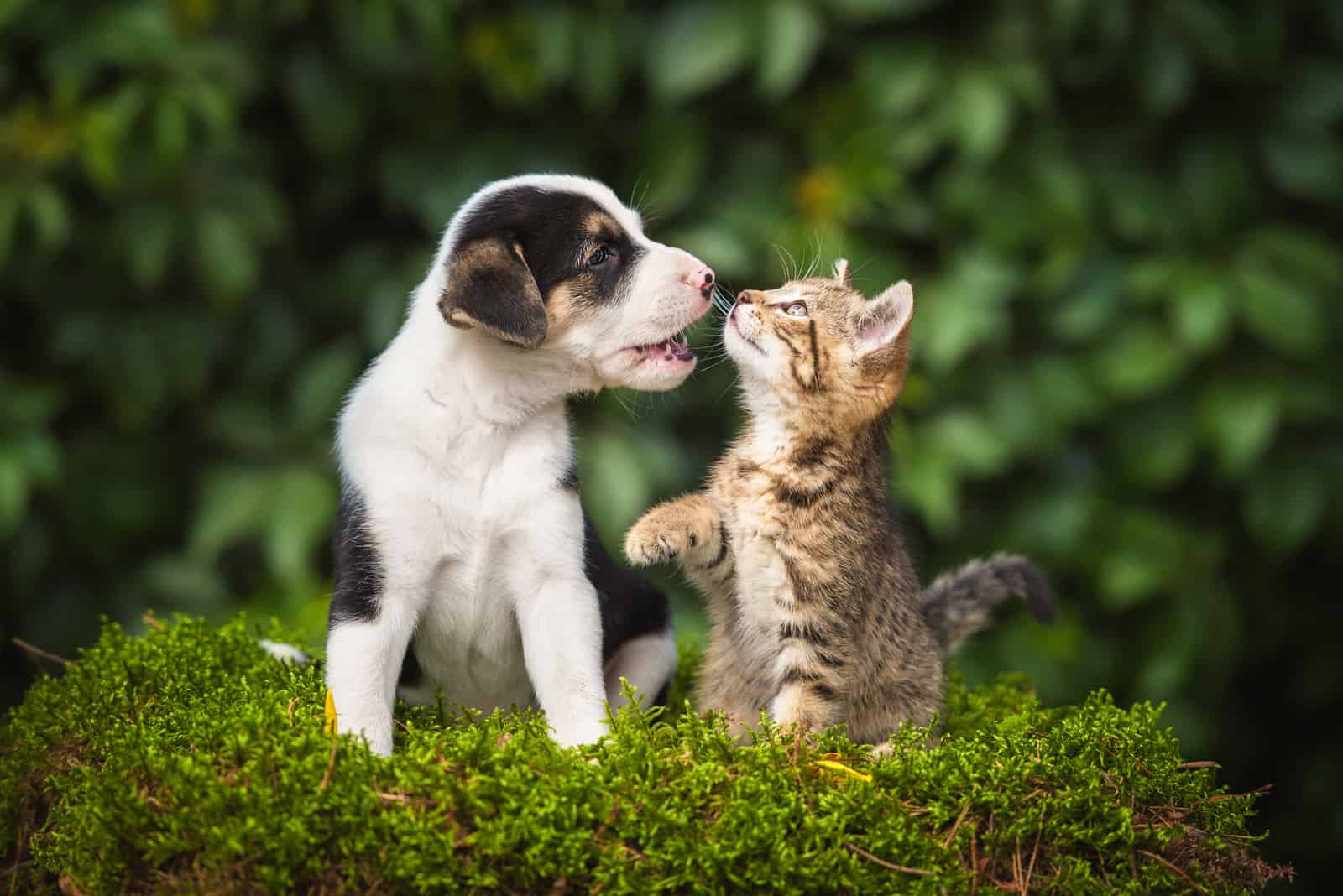
The short answer is: the two individuals of opposite sex HAVE TO be of the same species!
Species is a group of organisms in which the members of appropriate sex can naturally reproduce and create fertile offspring.
For example, let’s say we have a bird A and a bird B. Yes, they are both birds, but they are not the same species!
Where there are examples of different species mating and producing offspring, but the offspring is not fertile!
This means that the offspring itself cannot produce its own offspring.
Conclusion
Cats and dogs cannot mate and produce offspring. The most important reason is the impossibility of zygote formation due to chromosome incompatibility. The difference in chromosome numbers is just too big!
Even if you could get a cat and a dog to mate, no fertilization would take place. They are two completely different species that diverged a long time ago!
In order for fertilization to take place, the species must be very similar and with approximately the same number of chromosomes – which is not the case for cats and dogs.
There are cases of viable but sterile hybrids, such as mules, ligers, zonkey and a few others – but no hybrids of cats and dogs!
Nevertheless, the world has always been fascinated by hybrid creatures and crossbreeding. The excitement over the possibilities is present even now!
We hope this article provided you a clear answer to Can cats and dogs have babies? Now you know something interesting, maybe you can share it with others!
Like this post? Share or pin it for later!

Related Posts
Can Male Cats Mate With Other Male Cats? Explanation Below!




